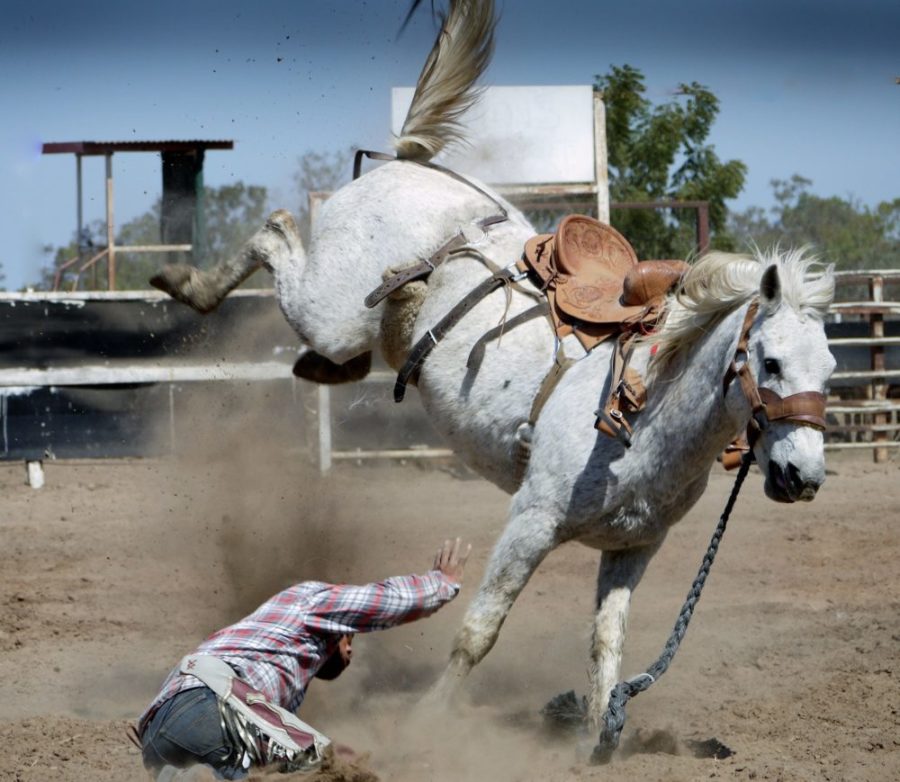Once you get familiar with your horse and the equipment used in riding, you might come to find that it is surprisingly easy! Even though there’s little to leisurely strolling on horseback, there are some mistakes that are made all too often. Some mistakes can compromise the safety of the horse and/or the rider and should be consciously avoided during every single ride.
To help you enjoy a safe and happy ride, we present you with 3 mistakes that you should avoid making when you’re in the saddle.
Using Improper Posture
Of course, nobody wants to fall off their horse! But some instinctive behaviors that feel like they might help you to stay aloft might actually contribute further to the risk of falling. Here are some common posture mistakes that you definitely should not make when riding horseback.
- Hunching forward. Horses treat this behavior from their riders as an indication to go faster. If you are a beginner, you do not want this! Keep your posture straight and relaxed, instead.
- Gripping the saddle horn. It might be instinctual to do so in an effort to keep yourself from falling off, but your feet and legs are enough to keep you safe and secure in the saddle.
- Raising your heels. Pressing your heels skyward compromises balance and stability. Try to keep your heels flat. Wearing low-heeled boots can help with this.
Holding Reigns Too High
Horseback riders should not give too much slack in their reins, as this can make it difficult to control the direction of the horse. It might make you feel more secure to hold the reigns up to your chest, but the proper placement of your hands is actually at the hip level.
The key is to give the reins enough slack to allow the horse to move comfortably (without having their mouth being pulled on), but not so much slack that the horse is difficult to control.
Learn to Trot Before You Gallop
Everyone wants to get their horse running at a spirited gallop, but new riders must learn at an appropriate pace before they can take off charging down the trail. Start with a slow and easygoing walk, first. This gives you ample opportunity to learn how to signal your horse to turn, slow down, stop and perform other actions.
From there, it’s time to trot! A trot, while slower than a gallop, is a far bumpier ride. When you have mastered the trot, you’re probably ready for a galloping speed.
